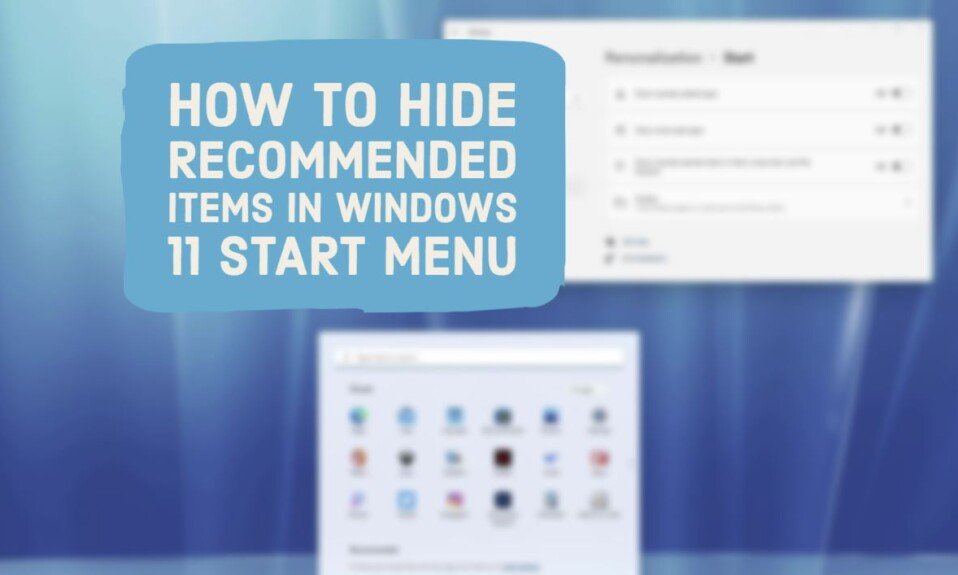At CES 2019, Dell already showed us the promise of an exciting new future for Alienware gaming monitors with OLED displays for gaming.
Technically it was amazing. 55-inch screen, 4K resolution, 120 Hz refresh rate, HDR, color gamut up to 95% of DCI-P3 and support for variable refresh rates. These features fueled many enthusiasts for an OLED monitor, but it looks like it will still take a few years to become a reality.
Disadvantages of OLED panels
According to some sources, the purchase cost for a wholesaler of a 55-inch Samsung OLED panel is estimated at about $ 800. And Samsung, which is the world leader in the production of OLED (Organic Light-Emitting Diode), continues to have losses in all panels. And we are talking about 60 Hz panels, 120 Hz panels are much more expensive. So Samsung has shifted its focus to smaller and more cost-effective OLED panels for smartphones. Therefore, it is estimated that a 55-inch gaming monitor could go on the market for more than 3,000 euros, a price difficult to justify.
Also, keep in mind that such a large monitor is impractical for most people’s normal desktop use, even the smallest OLED options like the 48 ”LG CX48 are too big. Even 40- to 43-inch “monitors” aren’t comfortable and you end up with a sore neck and constantly having to move your head to view different areas of the screen.
Also, a 55-inch 3840 x 2160 pixel (UHD 4K) monitor has a density of 80.11 pixels per inch (a pixel density very close to that of a 27 ”1920 x 1080 monitor). This density may be suitable for games and multimedia, but not for general use for text documents, web browsing, photo editing, etc.
Another of the weaknesses that will worry the most about OLED panels is their tendency to produce burns when there are still images (the fly of television networks, HUDs in video games, etc.). This means that if we play a video game or the same program for many hours, the part of the screen that shows fixed information can be permanently marked on the screen. For example, the operating system’s taskbar will appear lightly when we are playing a game… Fortunately, OLED panels have been improving a lot and also have refresh technologies that prevent these problems.
OLED panels have a shorter lifespan of around 14,000 hours, slightly lower than their rivals. This shorter shelf life also affects color degradation over time. Although it is not such a serious problem for games and multimedia, it can be very problematic when editing photos. Therefore, you will need a reliable way to calibrate your screen over time to ensure consistent color consistency.
Lastly, OLED panels usually offer a slightly lower maximum brightness than their rivals.
Advantages of OLED panels
OLED panels work in a different way than other panels since each pixel lights up independently. In a normal screen, we have a matrix of white LED lights that through filters produce different colors. This design has the drawback that, by producing black pixels, some light is filtered out and makes the blacks not pure (they are dark grey).
On the contrary, OLED panels are capable of producing pure blacks since the one-pixel black LED does not turn on. For this reason, OLED panels have a much higher level of contrast. Thanks to this they achieve impressive image quality.
This way of operating, without backlighting or backlighting, has a couple of immediate benefits. The first is that OLED displays can be thinner. The second is that they have lower energy consumption.
Characteristics Between OLED and Other Technologies
As we already know, what we see on a screen are a succession of still images that change many times per second. Gaming monitors should have a refresh rate of 144 Hz and above and luckily there are already OLED monitors that reach that figure. Of course, there are monitors with TN and IPS panels that far exceed that number. Even so, 144 Hz should be valid for the vast majority of users.
The response time is the milliseconds it takes for a pixel to change from white to black and vice versa color. Long response time causes fast movements to trail and ghosting which makes the image less sharp. OLED panels have very fast response times, even better than gaming monitors with TN technology.
Variable vertical sync technologies (Nvidia G-Sync and AMD FreeSync) are extremely important because they eliminate tearing, stuttering, and decrease input lag. Many OLED televisions are already beginning to be compatible with these two technologies so that users can better enjoy their video games.







